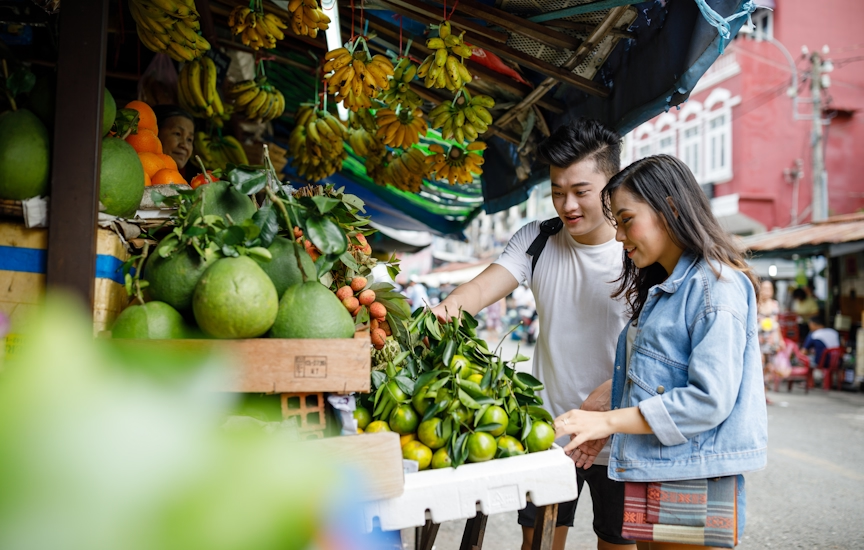
Hue
Built on a small hill overlooking the Song Huong (Perfume River), 4km southwest of the Citadel, this seven-storey pagoda is an icon of Vietnam and as…

©Peter Stuckings/Shutterstock
Pronounced ‘hway’, this deeply evocative capital of the Nguyen emperors still resonates with the glories of imperial Vietnam, even though many of its finest buildings were destroyed during the American War.

Hue
Built on a small hill overlooking the Song Huong (Perfume River), 4km southwest of the Citadel, this seven-storey pagoda is an icon of Vietnam and as…

Hue
This hillside monument is a synthesis of Vietnamese and European elements. Most of the tomb’s grandiose exterior is covered in darkened, weathered…

Hue
Taking up the southwest corner of the Imperial Enclosure, this highly impressive walled complex has been beautifully restored. The imposing three-tiered…

Hue
The Imperial Enclosure or Imperial City is a citadel-within-a-citadel, housing the emperor’s residence, temples and palaces, and the main buildings of…

Hue
This tomb (completed in 1867) is the most popular, imposing and impressive of the royal mausoleums, designed by Emperor Tu Duc himself before his death…

Hue
Planned during Minh Mang’s reign (1820–40) but built by his successor, Thieu Tri, this majestic tomb, on the west bank of the Perfume River, is renowned…

Ho Thuy Tien Abandoned Water Park
Hue
Closed for mysterious reasons in 2006, this long-abandoned water park outside Hue centres on a dramatic dragon head poking from the waters of Thuy Tien…

Hue
The principal entrance to the Imperial Enclosure is Ngo Mon Gate, which faces the Flag Tower. The central passageway with its yellow doors was reserved…


in partnership with getyourguide